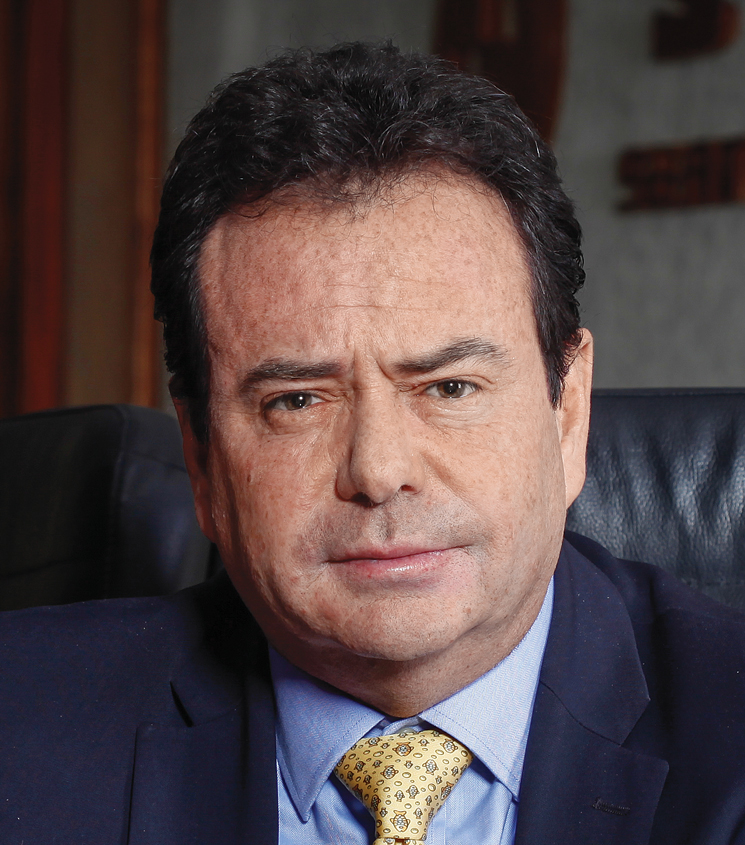Auto Inflation: Will 2022 See a Repeat of 2021?

STORY INLINE POST
The repercussions from the COVID-19 pandemic continue to be felt throughout the world’s economies. Furthermore, new factors have been added that influence a new economic complexity. Among others, inflation has been the single-biggest threat to a recovery that began early in the COVID pandemic and saw the economy in 2021 at a high pace of growth.
Rising prices at the pump and in grocery stores have been one problem but inflation has spread beyond those two areas into housing, auto sales and a host of other areas. The outlook for global GDP growth has deteriorated significantly as inflation challenges intensify and Russia’s invasion of Ukraine threatens global energy supplies and a potentially huge global supply shock that will reduce growth and push up inflation. On the side of energy supply, the latest news is that gas prices are soaring, putting further pressure on inflation, amid a rise in demand and limited supply caused by loosening COVID-19 restrictions in China, the start of the US driving season and disruptions caused by the war in Ukraine. The Ukraine war endangers the supply of gas and oil as well as wheat, corn, fertilizers and other commodities on the European continent. In addition, the Russian government appears indifferent to the peace initiatives of the UN and the world’s political leaders to end the war.
In the case of Mexico, as a major oil producer, our country has benefited from the rise in oil prices but, unfortunately, we are importers of gasoline, which has made the damage greater than the benefit. With tight global energy inventories, a war with no quick solution in sight and a hot summer ahead, it is difficult to see energy prices changing their trend in the short term.
At the World Economic Forum, German Vice Chancellor Robert Habeck defined four crises: high inflation, food poverty, energy and climate. The first three were exacerbated by the Russian invasion of Ukraine and the last is doubled by the limited progress on measures to contain climate change.
Given these situations, we can predict greater increases in central bank interest rates, thus ending the stage of cheap money. But the most important question is how long these increases in interest rates will continue and what will the new monetary policy be in the face of a reduction in economic growth?
In other industries, inflation within the automotive sector has now been above general inflation for more than 30 months. Car prices have helped drive general inflation considerably higher over the last two years. Economists have expected prices to stabilize and even decline in 2022, allowing the rising consumer price index to moderate markedly; however, this has not happened yet and it does not appear that it will for at least the first three quarters of the year.
Car dealers have to struggle not only because of inflation but also because they are facing an inventory shortage that was initially caused by production cuts due to COVID-19, and then exacerbated by the shortage of semiconductors, as well as interruptions in the supply chain due to logistical disruptions, which remain a continuing threat, at least in the short term.
It is a problem for central bank governments as dictators of the economic policies that seek to moderate inflation, since automotive inflation is so high that it has lifted general inflation. This, in all senses, is bad news for consumers.
It is becoming less clear how much and how quickly auto prices are slowing down, given the repeated setbacks that threaten to keep the market under pressure, although there are some early signs of slowing. The circumstances have pushed many buyers into the used-car market where inflation hit a record high in the last year. It is unlikely to rise at the same breakneck pace as last year and we likely have returned to vehicles depreciating again; however, if the shortage of new cars continues, it may keep the price of used cars high for longer than economists expected.
A series of events have colluded again this year to help slow auto production, beginning with shutdowns aimed at containing the coronavirus in China, computer chip factory
outages linked to a recent earthquake in Japan, the aftermath of the truckers' strike in Canada and the Ukraine war.
If these phenomena continue to the detriment of auto production, new car prices could continue to rise this year, perhaps even close to the same rate as last year. As for used cars, they could start to depreciate again but if the shortage of new cars continues, this depreciation will be mitigated. Another factor that could keep used cars from going down in price is if rental companies start buying them like they did in 2021.
If the supply situation worsens, it is still possible that we will repeat some of what we saw last year.








 By Guillermo Prieto Treviño | Independent Contributor -
Fri, 06/17/2022 - 11:00
By Guillermo Prieto Treviño | Independent Contributor -
Fri, 06/17/2022 - 11:00















